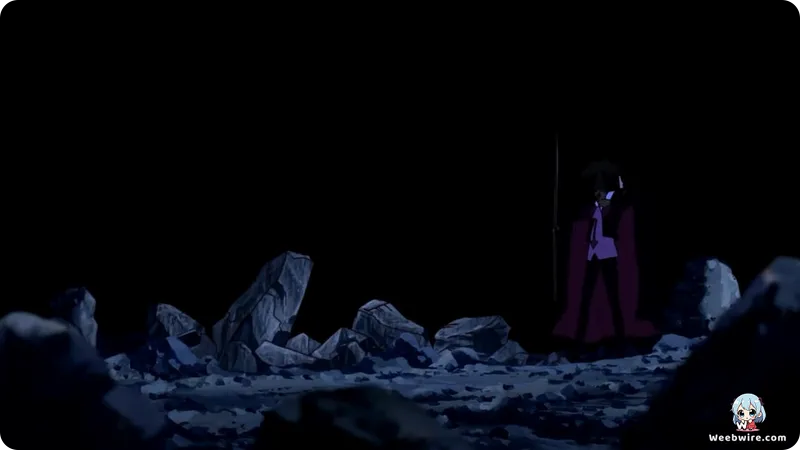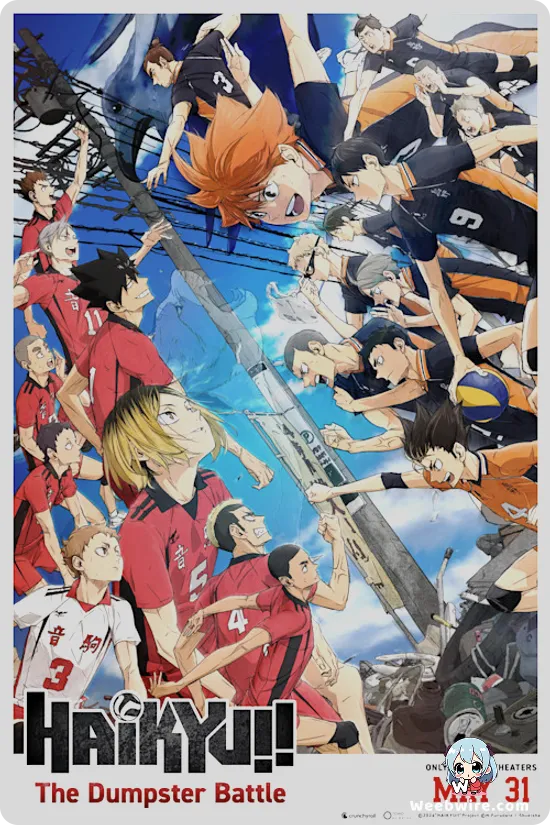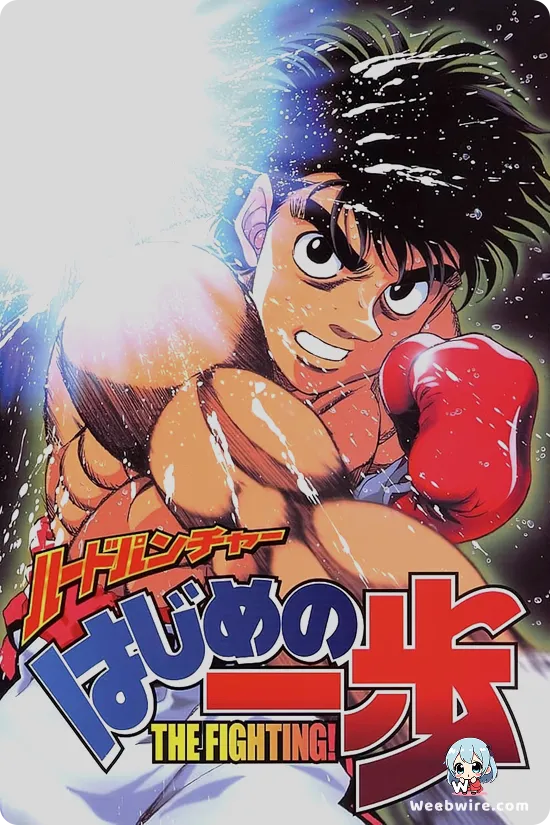One Piece's Darkest Chapter: Mamoru Hosoda's 'Baron Omatsuri' Explores Psychological Depths in a Beloved Franchise

Among the typically lighthearted and expansive cinematic entries of the One Piece universe, the 2005 film One Piece: Baron Omatsuri and the Secret Island emerges as a compelling and stark anomaly. Directed by the visionary Mamoru Hosoda, whose later works include acclaimed titles like The Girl Who Leapt Through Time and Belle, this particular Straw Hat Pirates adventure deviates sharply from expectation, presenting itself less as a swashbuckling romp and more as a profound psychological thriller cloaked in vibrant animation. Its release ignited significant debate among fans and critics, primarily due to its strikingly different tone and innovative artistic direction.
Hosoda's Distinct Artistic Vision
Hosoda's distinct touch is evident from the outset. Before achieving widespread recognition for his original films, Hosoda infused Toei Animation with his burgeoning genius, and Baron Omatsuri stands as a powerful testament. Unlike the often straightforward animation of the TV series, Hosoda introduced a fluid, almost abstract visual style. Character designs, though recognizable, frequently exaggerate and deform, intensifying emotional states and contributing to the film's pervasive unsettling atmosphere. This aesthetic choice was not merely stylistic; it was integral to conveying the film's darker, more introspective themes.

A Narrative of Psychological Depth
The narrative unfolds as the Straw Hats arrive at Omatsuri Island, a supposed paradise of games. However, the island's enigmatic ruler, Baron Omatsuri, harbors a sinister secret, quickly transforming the games into cruel psychological tests designed to fracture the crew's bonds. The film courageously explores loneliness, trust, and the fragility of human connection, deliberately deconstructing the Straw Hats' camaraderie. Each member is pushed to their emotional limits, confronting deep fears—a radical departure from typical shonen narratives, making it a surprisingly mature and poignant piece.
The film systematically isolates and tests the crew: Nami's greed, Sanji's chivalry, Zoro's loyalty, and even Luffy's unwavering faith are relentlessly challenged. This intense psychological pressure culminates in genuinely disturbing scenes of betrayal, despair, and pervasive dread. The vibrant, almost childlike art style of the island creates a chilling contrast to the grim reality, a hallmark of Hosoda's ability to juxtapose innocence with profound darkness. The mysterious Lily Carnation, a plant feeding on emotional energy, serves as a potent metaphor for corrosive loneliness.
Legacy and Critical Reappraisal
Initial fan reactions were divided by Baron Omatsuri's melancholic tone and its deliberate breaking of the crew's spirit. Yet, it has since garnered a significant cult following, recognized as a brave and artistically ambitious entry. It offers a rare glimpse into the psychological vulnerabilities of characters typically portrayed as invincible, leaving a lingering sense of melancholy. Beyond its thematic depth, Hosoda's meticulous animation direction, including strategic use of limited animation and a color palette that gradually darkens, elevates it beyond a mere tie-in. This film is a crucial stepping stone in Hosoda's career, showcasing a director unafraid to experiment and prove that even a popular adventure series can delve into profound, darker territories. It remains an essential watch for fans of both One Piece and Mamoru Hosoda's evolving vision.
Credits
One Piece: Baron Omatsuri and the Secret Island
Author
Eiichiro Oda
Cover Art
Masayuki Sato
Studio
Toei Animation
Publisher
Shueisha
Producers





